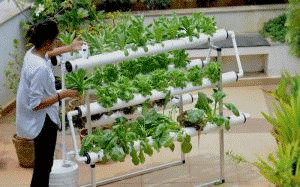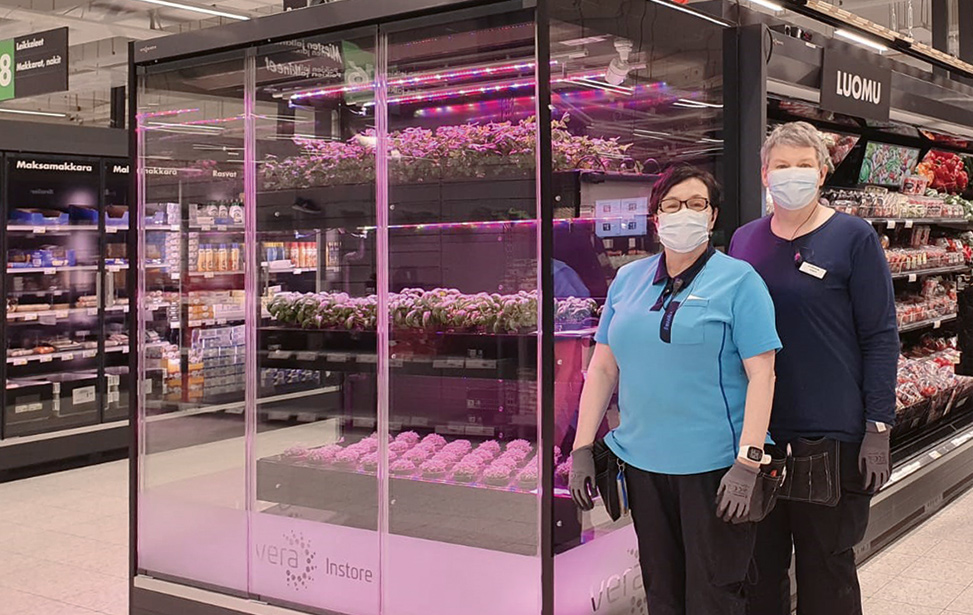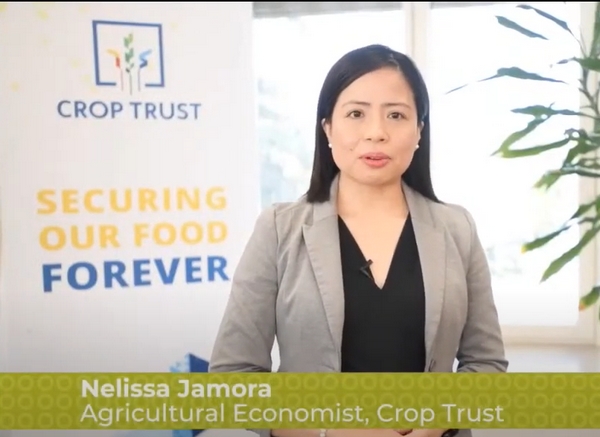The hydroponics substrate market is on a remarkable growth trajectory, spurred by the rising adoption of hydroponic farming methods worldwide. As agriculture seeks innovative solutions to address food security and environmental challenges, hydroponics offers a promising alternative to traditional farming. This article delves into the market dynamics, including growth drivers, challenges, key regional insights, and future trends.
Market Overview
The global hydroponics substrate market was valued at USD 1.57 billion in 2022 and is projected to reach USD 3.4 billion by 2032, growing at a compound annual growth rate (CAGR) of 8.0% from 2024 to 2032. This growth reflects the increasing adoption of hydroponics, which provides higher yields and efficient resource utilization compared to conventional farming practices.
What Are Hydroponic Substrates?
Hydroponic substrates are inert media used to anchor plant roots and facilitate nutrient and water distribution in hydroponic systems. Unlike soil, these substrates offer optimized water retention, aeration, and pH balance to support healthy plant growth. Popular substrates include:
- Rock Wool: Excellent water retention and aeration properties.
- Coconut Coir: Sustainable and biodegradable, with high water-holding capacity.
- Perlite: Lightweight and promotes drainage and aeration.
- Clay Pellets: Reusable with good aeration and drainage.
Key Market Drivers
1. Rising Demand for Sustainable Agriculture
Hydroponics requires up to 90% less water and significantly less land compared to traditional farming, making it an attractive option for sustainability-focused agriculture.
2. Controlled Environment Agriculture (CEA)
Vertical and greenhouse farming, key components of CEA, depend heavily on hydroponics to ensure year-round production and high-quality yields, driving demand for substrates.
3. Technological Advancements
Innovations such as biodegradable and reusable substrates enhance the environmental sustainability and efficiency of hydroponic systems.
4. Demand for Fresh, Locally Grown Produce
Urban consumers prefer pesticide-free, fresh produce, further boosting the demand for hydroponic farming and its substrates.
Market Challenges
1. High Initial Investment
The costs associated with hydroponic systems and quality substrates remain a barrier for small-scale farmers.
2. Complexity in Substrate Selection
Understanding specific crop and system requirements is essential but can be overwhelming for newcomers.
3. Environmental Concerns
Non-biodegradable substrates like rock wool may pose waste management issues if not disposed of properly.
Regional Insights
North America
Leading the market with widespread adoption of advanced agricultural technologies. The U.S. and Canada have robust vertical farming and greenhouse operations.
Europe
Prominent in countries like the Netherlands, known for its hydroponic expertise and sustainable practices.
Asia-Pacific
Experiencing rapid growth due to urbanization, rising food demand, and supportive government policies. China, India, and Japan are key players.
Latin America and Middle East & Africa
These regions show emerging potential, driven by water scarcity and food security concerns.
Future Prospects
1. Organic and Biodegradable Substrates
Demand for eco-friendly options like coconut coir and peat moss is expected to rise.
2. Integration with Smart Farming Technologies
IoT and AI innovations will optimize substrate use, improving efficiency and yields.
3. Growth in Emerging Markets
Asia, Africa, and Latin America offer significant growth opportunities with increased investment and government support.
4. Customized Substrates
Manufacturers are focusing on tailored substrates for specific crops and systems, enhancing profitability and productivity.
The hydroponics substrate market is poised for robust growth, driven by the increasing demand for sustainable farming solutions, technological advancements, and the expanding urban agriculture sector. Addressing challenges like high initial costs and substrate disposal will be critical for unlocking the market’s full potential. With ongoing innovations and growing regional adoption, hydroponics will play a pivotal role in shaping the future of global agriculture.












